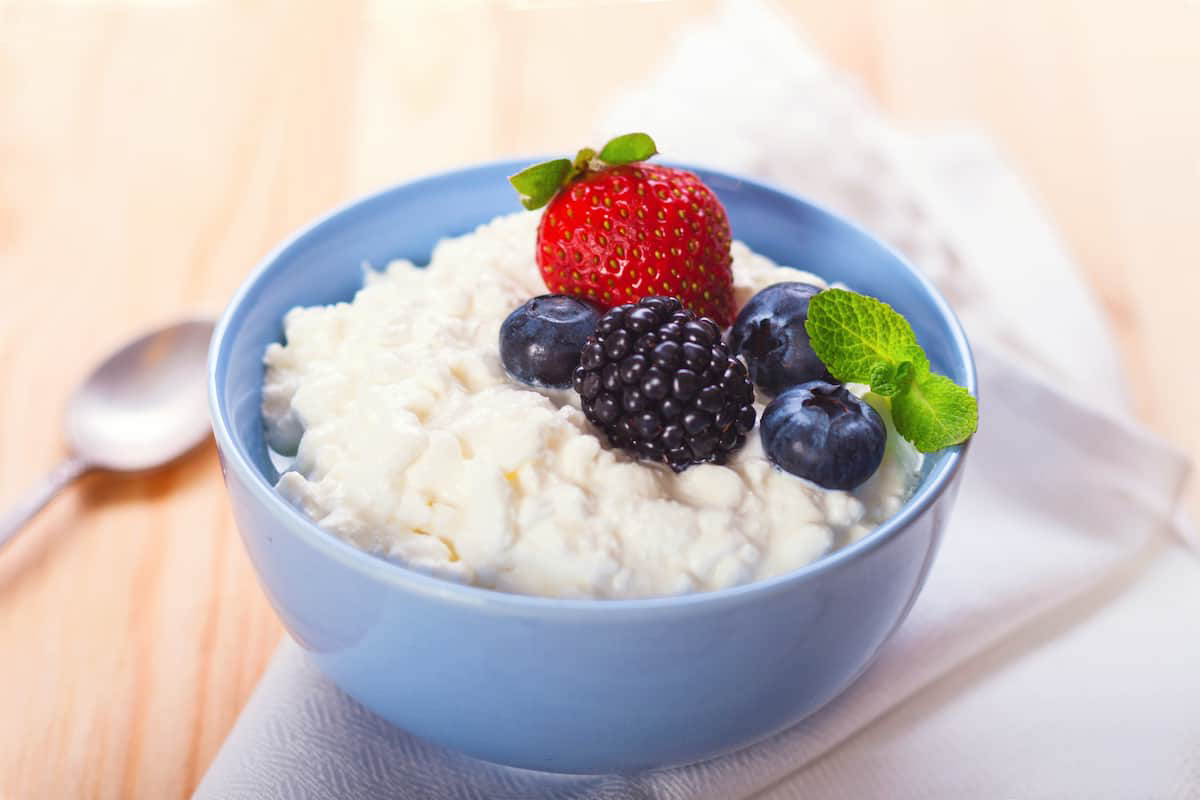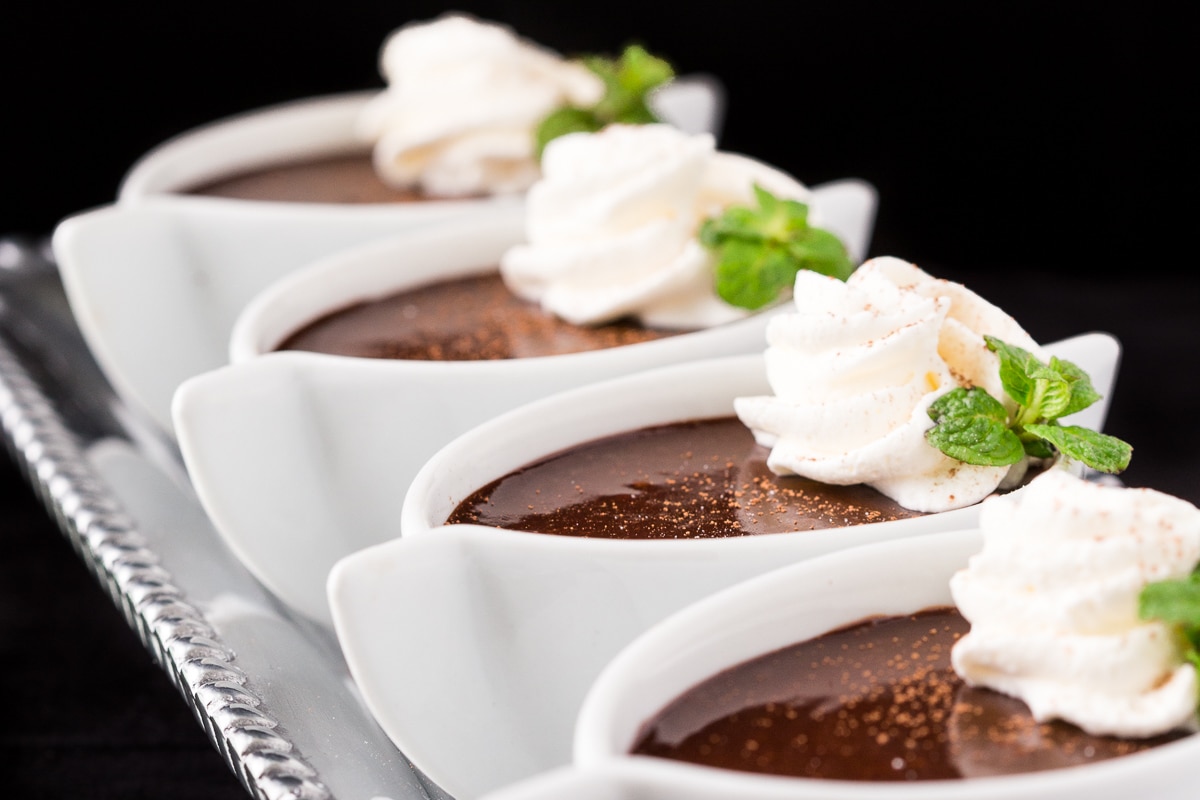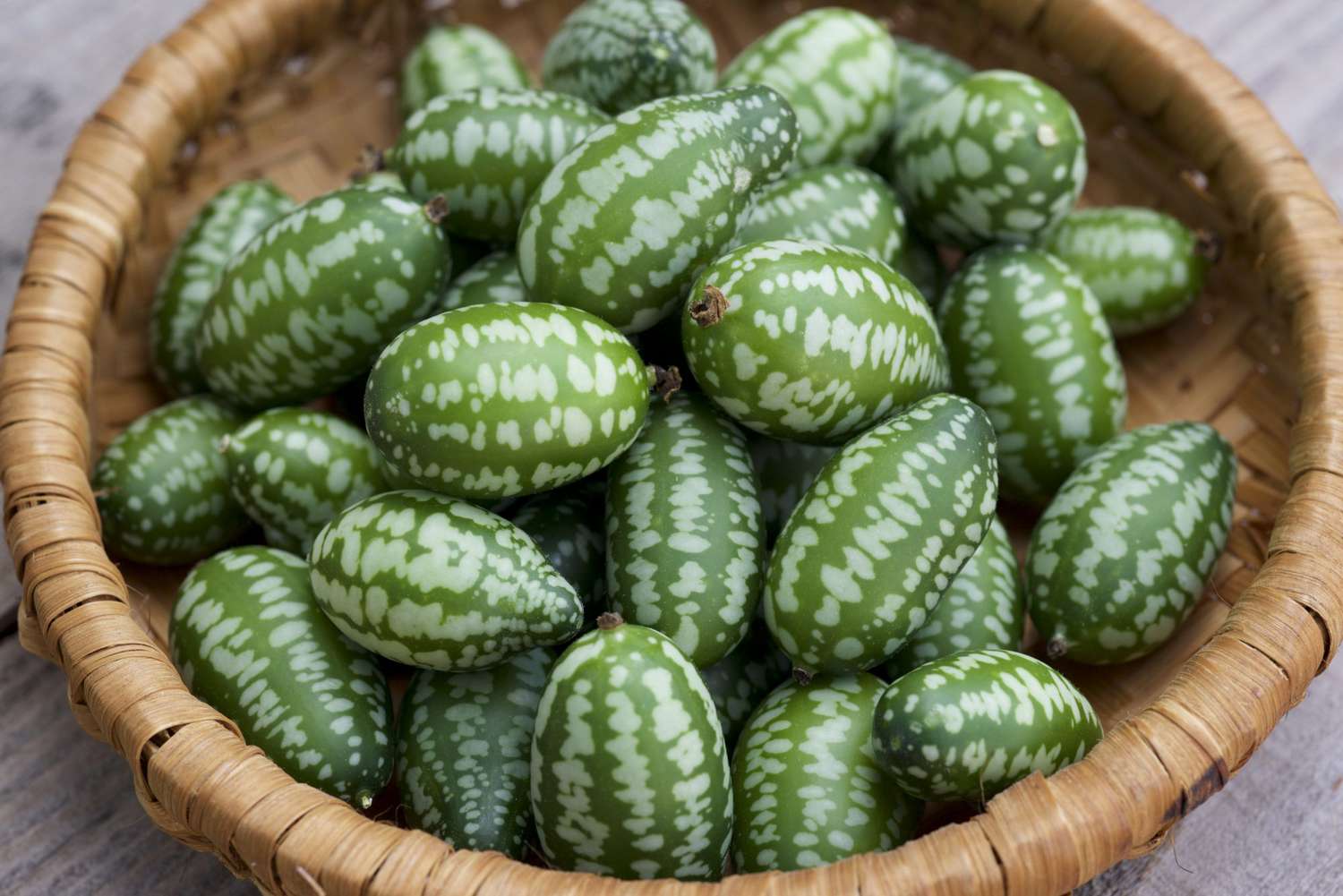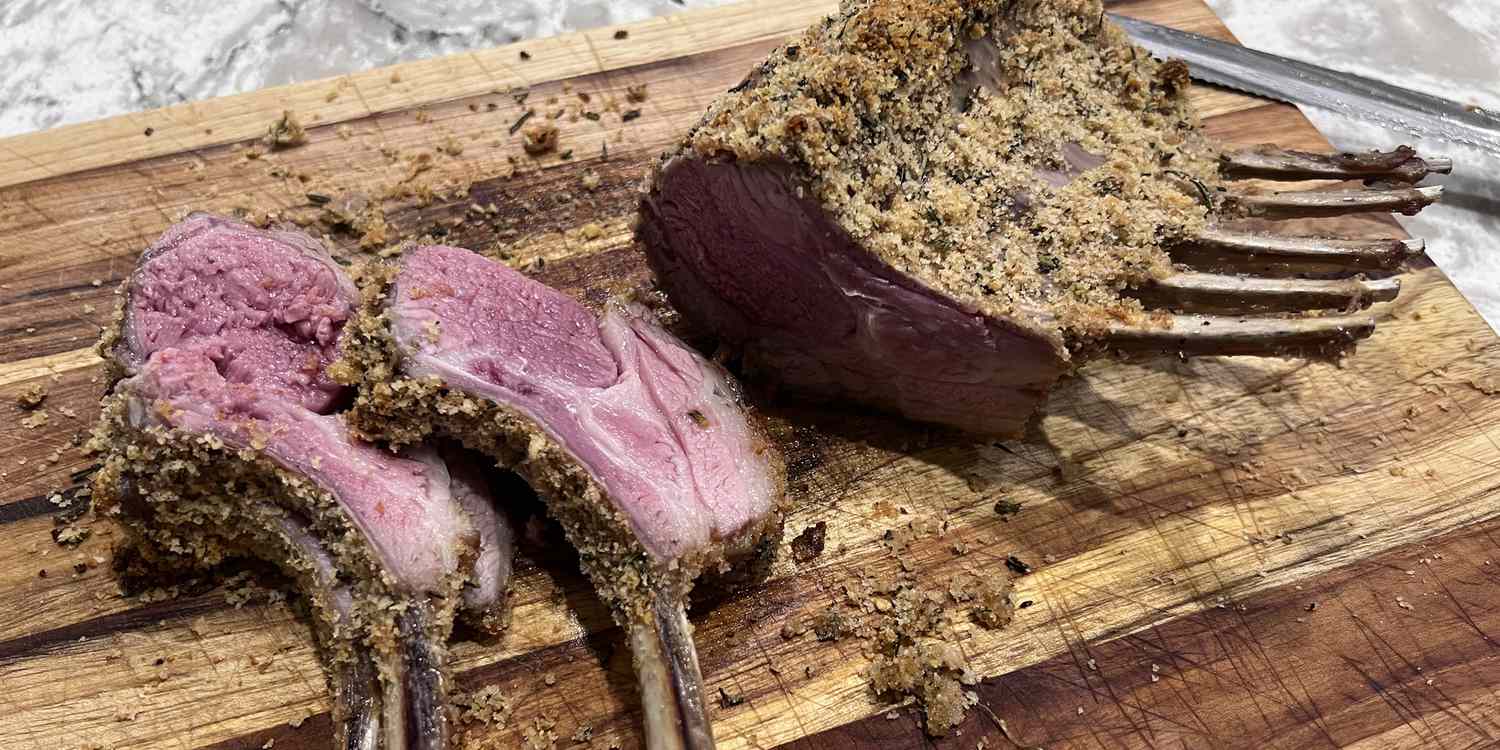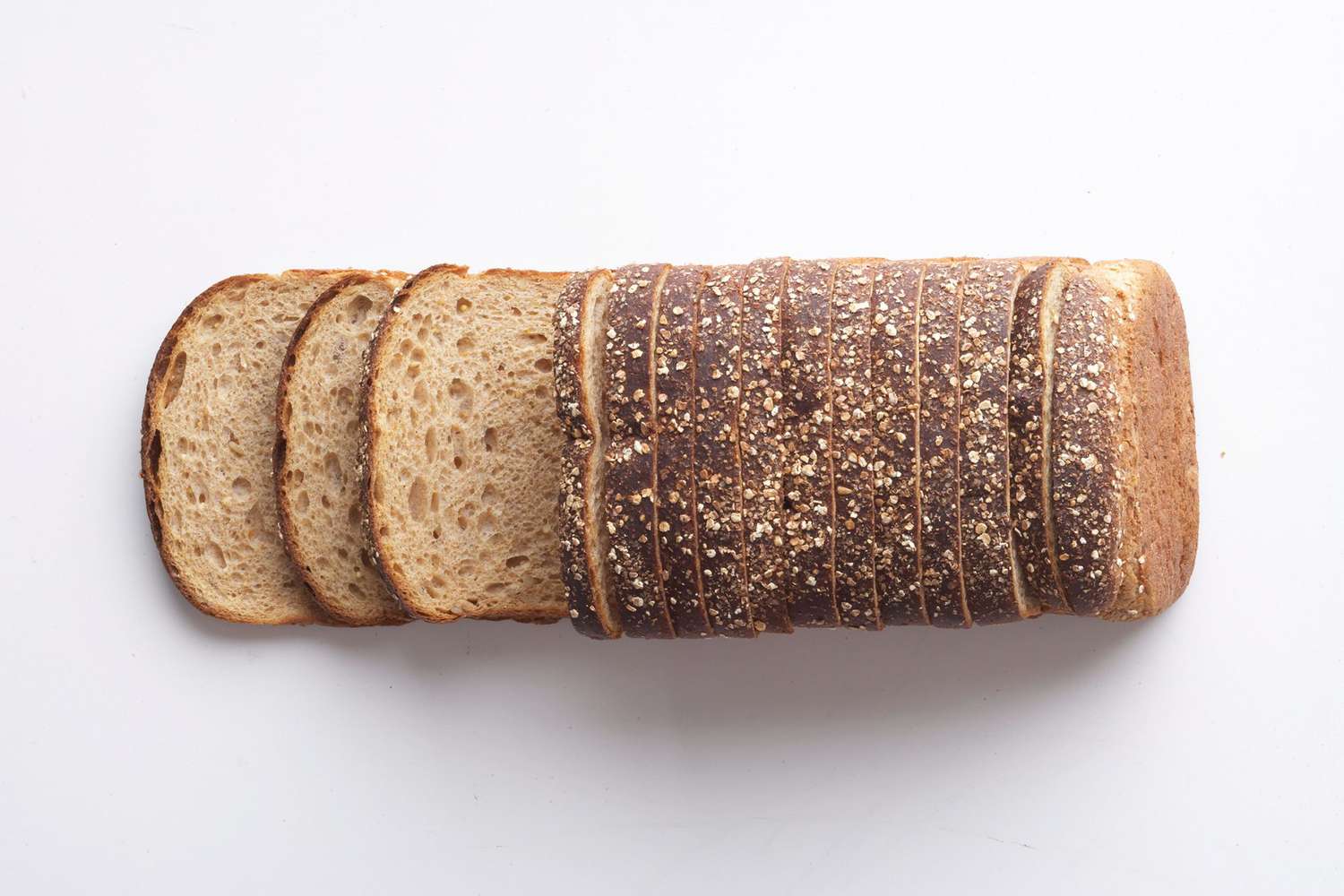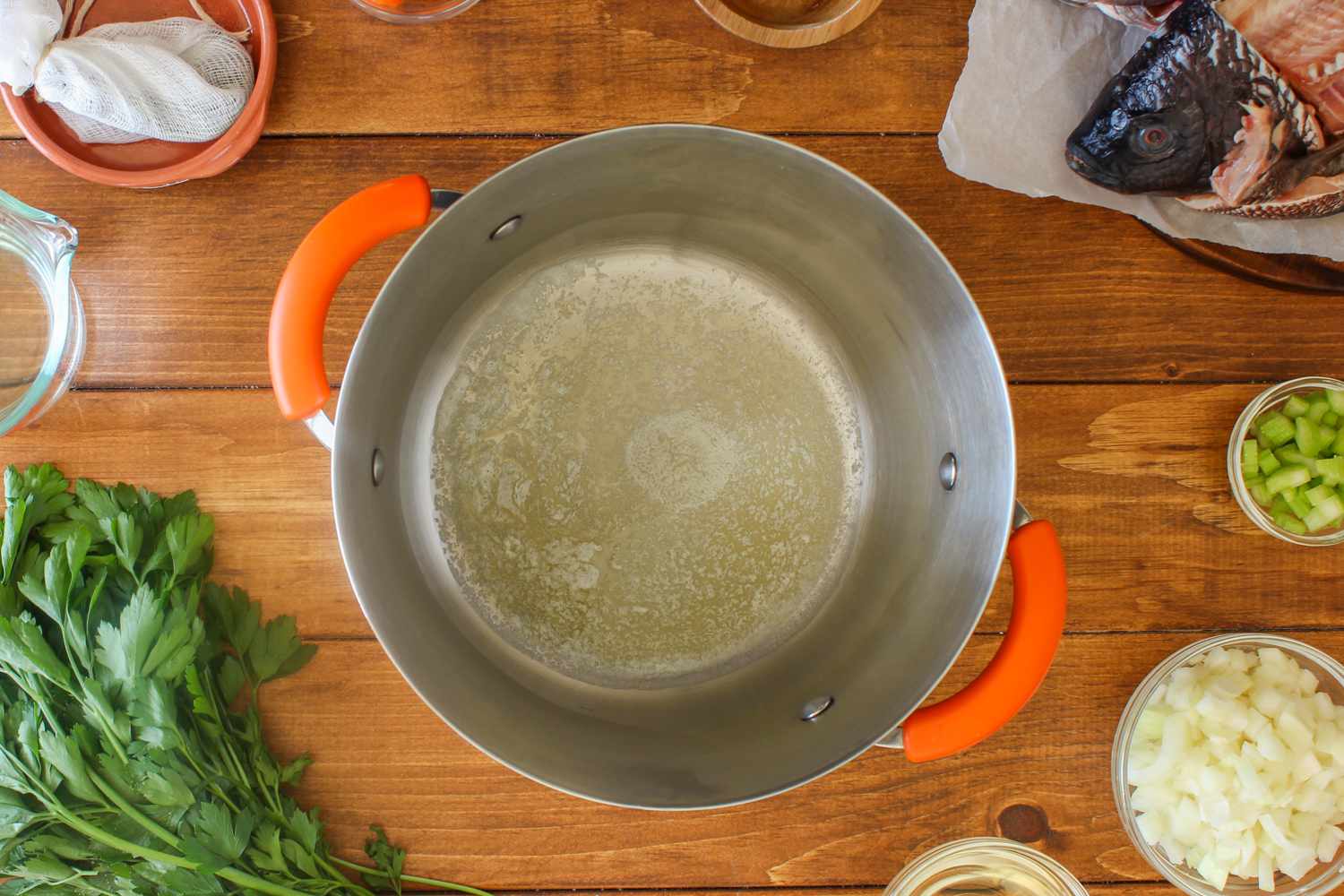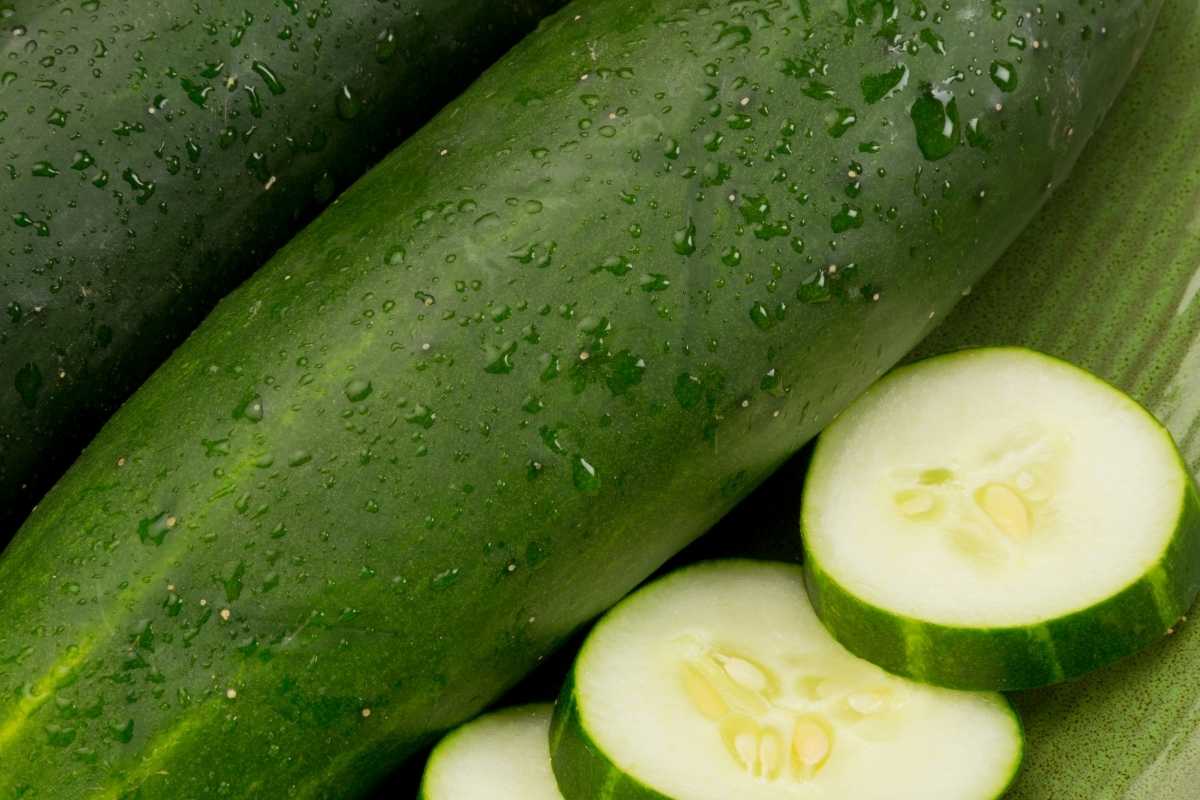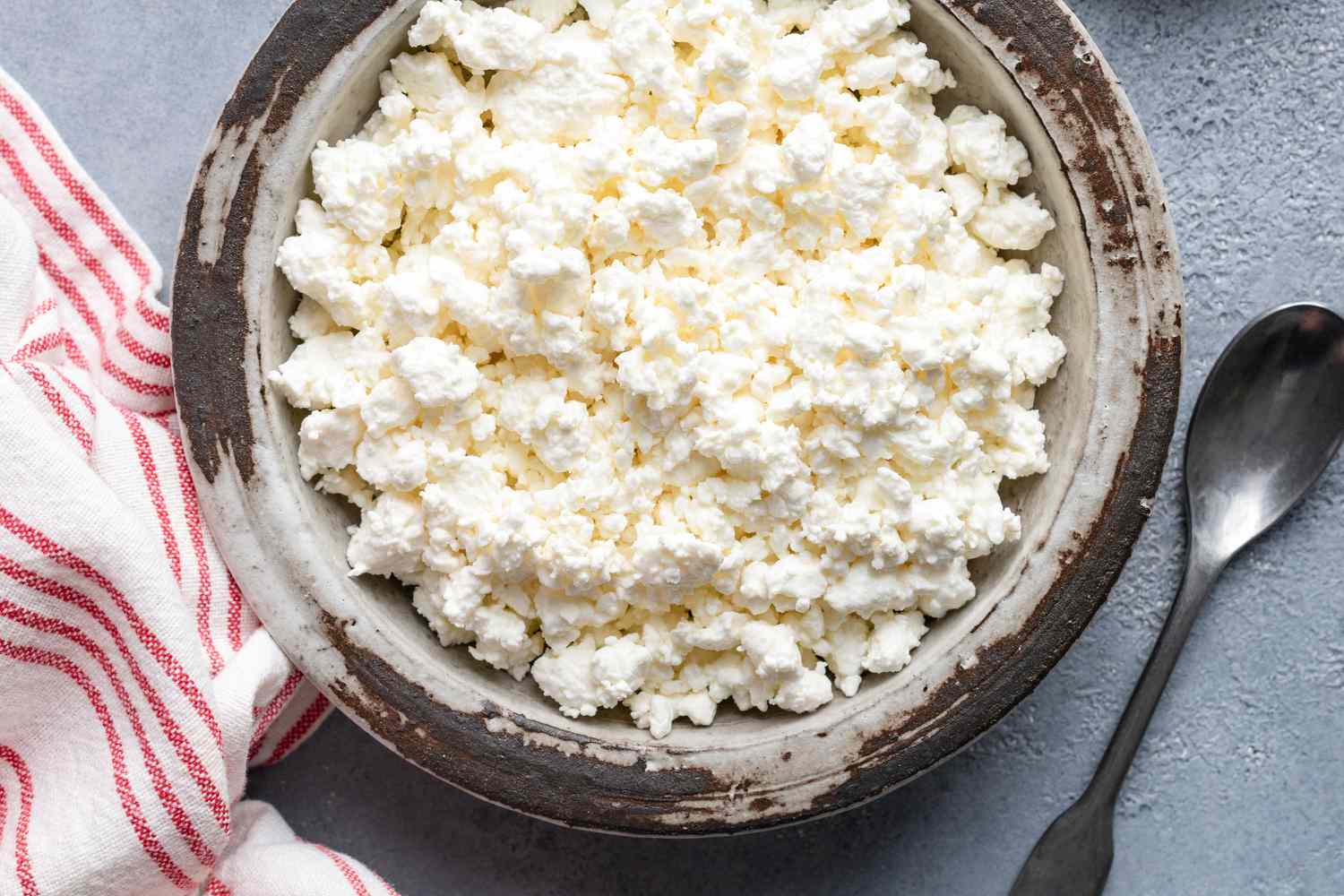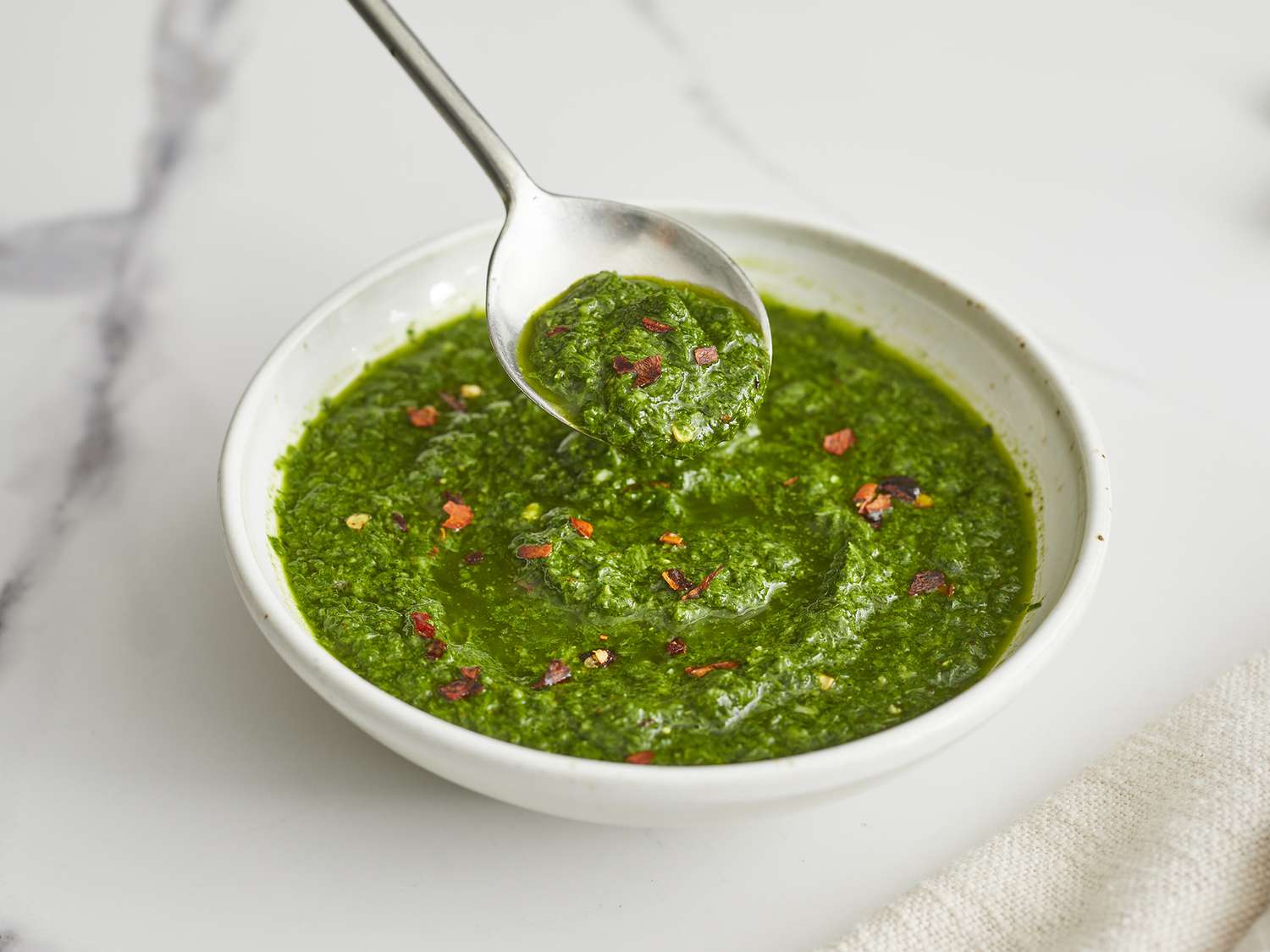When it comes to Southern cuisine, two ingredients that often cause confusion are hominy and grits. While they may seem similar, there are distinct differences between the two. Let's delve into the world of these Southern staples and explore what sets them apart.
Hominy
Hominy is made from dried maize kernels that have been treated with an alkali, usually lye or lime. This process, known as nixtamalization, helps to soften the kernels and remove the hulls, making them easier to digest. The end result is a puffy, chewy, and slightly nutty ingredient that is commonly used in a variety of dishes.
Grits
Grits, on the other hand, are made from ground corn, specifically dent corn, which is a type of field corn. The corn is dried and then ground into coarse particles, resulting in the familiar texture of grits. This Southern favorite can be enjoyed as a savory or sweet dish, depending on the accompanying ingredients and seasonings.
The Main Differences
Now that we understand the basic processes behind hominy and grits, let's explore the key differences between the two:
-
Processing: Hominy undergoes a process of nixtamalization, which involves treating the maize kernels with an alkali, while grits are simply ground corn.
-
Texture: Hominy has a puffy and chewy texture, while grits are coarser and more granular in nature.
-
Usage: Hominy is often used in dishes such as pozole, menudo, and hominy stew, while grits are a staple in Southern cuisine and can be served as a breakfast dish or as a side to savory entrees.
-
Flavor: Hominy has a slightly nutty flavor, while grits have a more pronounced corn flavor.
How to Use Them
Both hominy and grits are versatile ingredients that can be used in a variety of dishes. Here are some popular ways to incorporate them into your cooking:
-
Hominy: Use hominy to add texture and flavor to soups, stews, and casseroles. It can also be fried or pureed to create unique dishes.
-
Grits: Enjoy grits as a creamy breakfast dish topped with butter, cheese, or shrimp. They can also be served as a side dish alongside fried fish, barbecue, or grilled meats.
Conclusion
While hominy and grits may share a common origin in corn, their distinct processing methods and textures set them apart. Whether you're craving the chewy texture of hominy in a hearty stew or the comforting creaminess of grits for breakfast, these Southern staples offer a world of culinary possibilities. So, the next time you're in the kitchen, consider experimenting with hominy and grits to add a touch of Southern charm to your meals.
Was this page helpful?
Read Next: What Is Fireball And Dr Pepper
